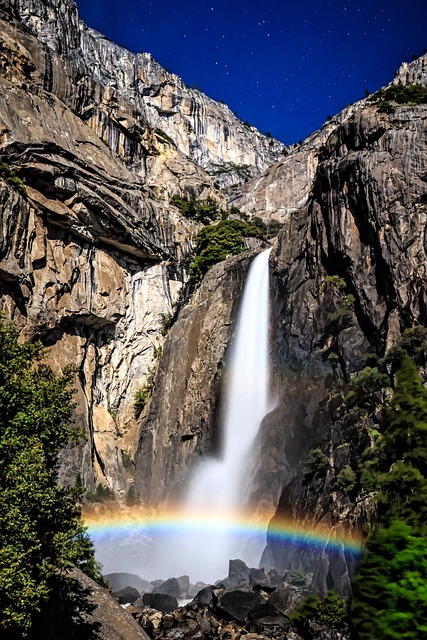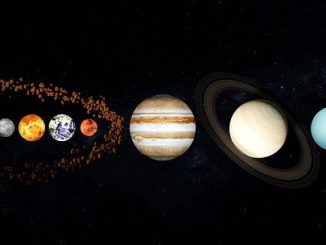
Moonbow – Lunar Rainbow
Moonbows are the rainbows that appear in night. These are formed by the light of the moon shining through water droplets, but they’re much fainter than daytime rainbows.
Moonbows, or lunar rainbows, are a magical and rare phenomenon similar to daytime rainbows but formed at night. Here’s how they happen:
How do Moonbows Form?
- Light Source: Instead of sunlight, moonbows are created by the light of the full moon or a nearly full moon. The moon must be bright enough to provide sufficient light.
- Water Droplets: Just like daytime rainbows, moonbows form when moonlight passes through water droplets in the air, such as mist, rain, or even spray from waterfalls.
- Refraction and Reflection: Moonlight enters the water droplets, bends (refracts), reflects off the inside surface of the droplet, and exits, bending again. This splits the light into its individual colors, creating the rainbow.
Why Are Moonbows Fainter?
Moonlight is much weaker than sunlight because it’s just reflected sunlight. As a result, moonbows are less bright and appear much fainter than daytime rainbows. Often, they look white to the naked eye because our eyes struggle to detect color in low light.
Where Can You See Moonbows?
Moonbows are rare because the conditions must be just right
- A bright, full moon (or nearly full).
- Clear skies around the moon.
- Water droplets in the air, such as near waterfalls or after rain.
- Dark surroundings (little to no light pollution).
- Some famous locations where moonbows are often spotted include:
- Victoria Falls (Africa).
- Cumberland Falls (Kentucky, USA).
- Yosemite Falls (California, USA).
Fun Fact:
With a long-exposure camera, the colors of a moonbow can often be captured more vividly than what the human eye can see, revealing the full spectrum of reds, oranges, yellows, greens, blues, and violets.
Seeing a moonbow is truly a magical experience—it feels like witnessing a secret of nature!



Be the first to comment